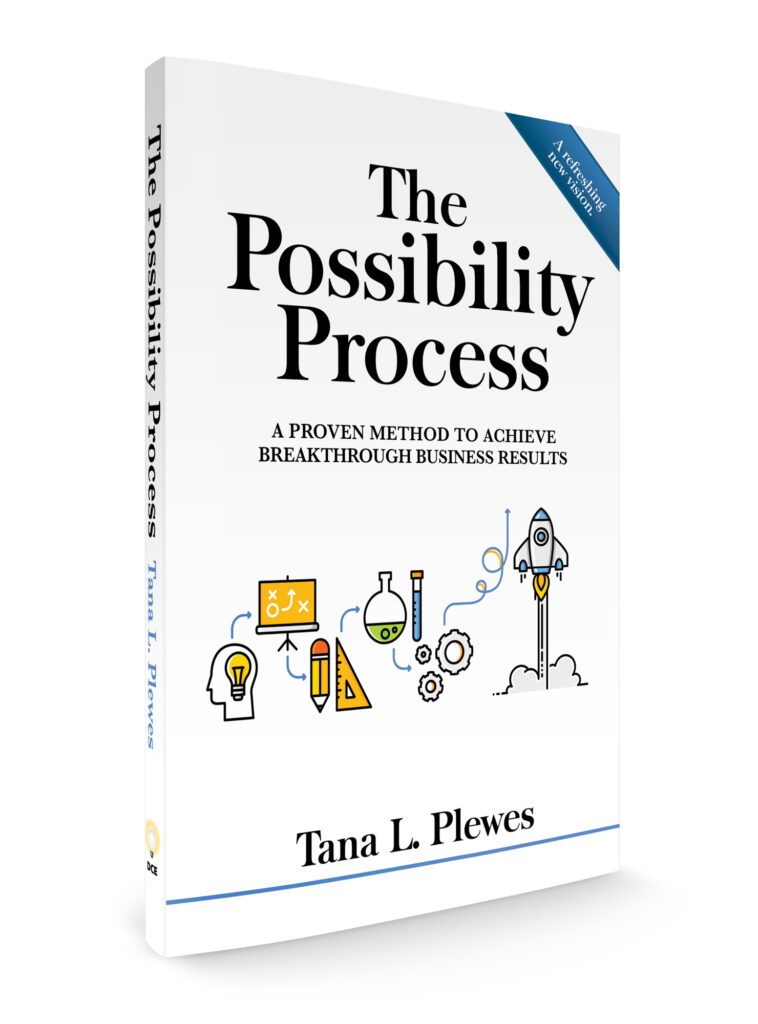“Action bias” is a term used to describe the tendency people have to take action in order to feel like they’re in control of a situation, even when doing nothing might be the better choice. This can happen when we feel pressure from others or when we’ve had bad experiences in the past. For example, a goalie might jump to one side during a penalty kick even though it’s statistically better to stay in the middle. This is because they feel like they have to do something to show they’re trying their best.

